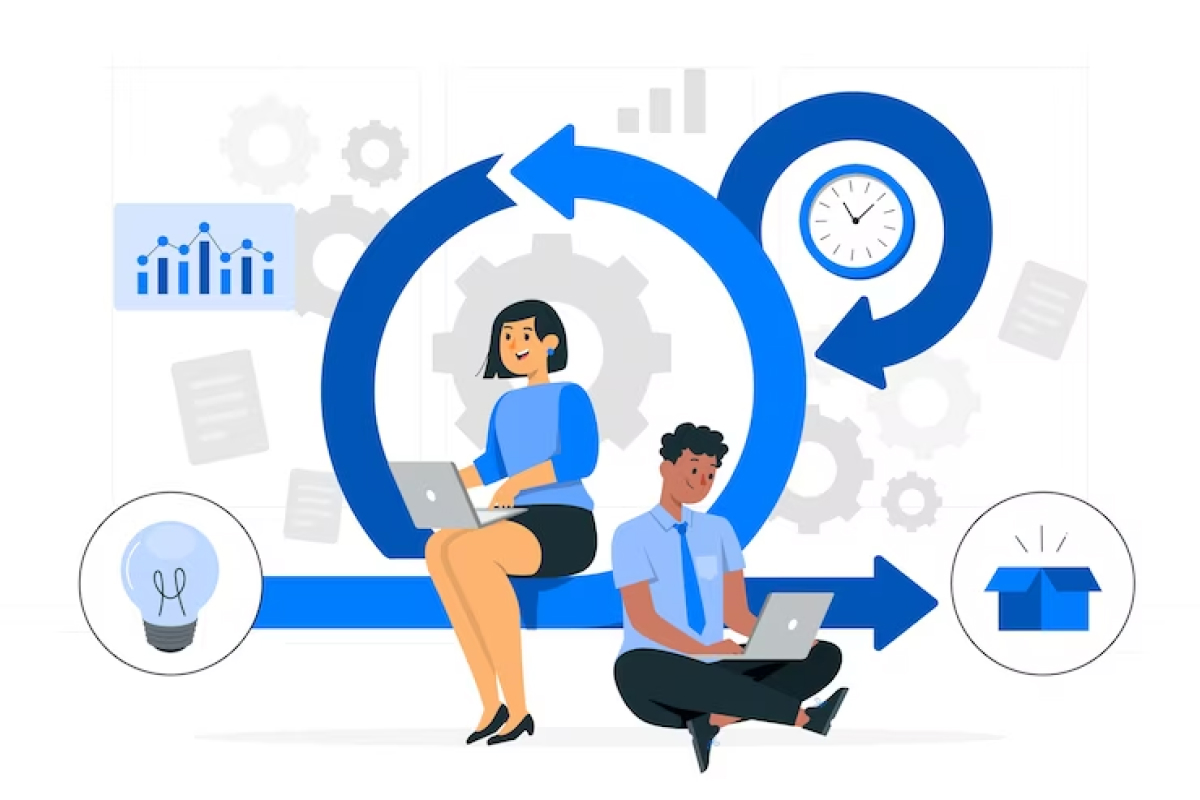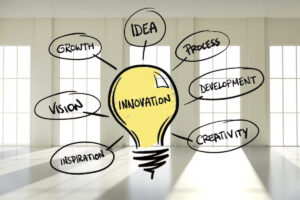Hey there, curious minds! Have you ever wondered why some products become the talk of the town while others disappear without a trace? Well, my young Padawans, the secret lies in understanding the fascinating concept of the “Product Lifecycle.” In this article, we’ll dive into the world of product lifecycles and explore the different stages a product goes through from birth to decline. So, fasten your seatbelts and get ready for an adventure!
Stages of Product Lifecycle
Introduction Stage
Imagine a newborn baby entering this big, wide world. Similarly, the introduction stage is like the birth of a product. It’s the phase where a new product is launched and enters the market for the very first time. In this stage, the product is introduced to customers, and companies focus on creating awareness and generating initial sales. Think of the latest smartphone hitting the market or a brand new video game console capturing everyone’s attention.
Growth Stage
Ah, the growth stage! This is when the product starts to spread its wings and soar high. During this stage, sales and consumer demand increase rapidly. The product gains popularity, and more and more people jump on the bandwagon. Just like a blockbuster movie that everyone wants to see or a trendy gadget that everyone wants to own, products in the growth stage experience exponential growth in sales and market share.
Maturity Stage
Okay, folks, welcome to the mature club! The maturity stage is like the calm after the storm. At this point, the product has reached its peak in terms of market saturation. Everyone who wants the product already has it, and the growth rate slows down. But don’t fret, my friends, because this is when competition gets fierce! Companies try their best to differentiate their products, offer discounts, or introduce new variations to maintain their market position. Think of popular soft drinks or well-established car brands that have been around for ages.
Decline Stage
Now, let’s face the hard truth. Nothing lasts forever, and that includes products too. In the decline stage, a product’s popularity and sales start to dwindle. People move on to newer and more exciting alternatives, leaving the once shining star to fade away. It’s like that old toy you used to play with but now sits forgotten in the corner of your room. During this stage, companies may decide to discontinue the product or focus on specific niche markets where it still holds some value.
Factors Influencing Product Lifecycle
Now that we understand the different stages of a product’s lifecycle, let’s explore what influences these stages and the fate of a product.
Technological advancements
Technology moves at lightning speed, and it can have a significant impact on product lifecycles. As new technologies emerge, they often render existing products obsolete. Imagine how quickly smartphones have evolved over the years, making older models less desirable. Companies must keep up with technological advancements to stay relevant and avoid being left behind.
Changes in consumer preferences
Ah, the ever-changing preferences of us, the consumers! What we crave today might not be what we desire tomorrow. Trends, tastes, and preferences can shift in the blink of an eye. Companies need to keep a finger on the pulse of their target audience, conducting market research and adapting their products accordingly. Remember those fidget spinners that were all the rage a few years back? They came and went so quickly!
Competition and market saturation
Competition is fierce in the business world, and it can greatly influence a product’s lifecycle. When a market becomes saturated with similar products, it becomes challenging for any single product to stand out. Companies must continuously innovate and find unique selling points to differentiate themselves from competitors. Just think about the numerous options you have when it comes to choosing a streaming service or a pair of sneakers.
Product innovation and upgrades
Innovation is the lifeblood of any product. Companies need to constantly innovate and improve their offerings to keep customers engaged and interested. This could mean introducing new features, enhancing performance, or even completely redesigning a product. Take the evolution of gaming consoles, for example, with each new generation bringing more power, better graphics, and innovative gameplay experiences.
Strategies for Managing Product Lifecycle
Now that we know what influences product lifecycles, let’s explore some strategies companies can employ to navigate each stage successfully.
Introduction Stage strategies
During the introduction stage, it’s crucial to make a strong first impression. Companies can invest in extensive product development and testing to ensure their product meets customer needs and expectations. Marketing and promotion efforts should focus on creating awareness and generating curiosity among potential customers.
Growth Stage strategies
In the growth stage, it’s all about seizing the opportunity and maximizing market share. Companies should expand their distribution channels to reach a wider audience. Building brand loyalty through exceptional customer service, rewards programs, and positive brand experiences can help retain existing customers and attract new ones.
Maturity Stage strategies
In the maturity stage, companies need to find ways to sustain their market position. This may involve product diversification, offering variations or complementary products to cater to different customer segments. Pricing and cost optimization strategies can also help maintain profitability in a highly competitive market.
Decline Stage strategies
When a product enters the decline stage, companies face tough decisions. They may choose to discontinue the product and focus resources on more promising ventures. However, if there are still profitable segments or niche markets, companies can refocus their efforts on these areas, providing targeted marketing and support.
Conclusion
Congratulations, young minds! You’ve just embarked on a journey through the captivating world of product lifecycles. Remember, every product has its time in the spotlight, but eventually, it’s time to pass the baton to something new. By understanding the different stages, factors influencing lifecycles, and employing effective strategies, companies can adapt to changing market dynamics and stay ahead of the game. So go out there and embrace the ever-evolving world of products and their lifecycles. Whether you dream of being an entrepreneur or just want to be an informed consumer, understanding the product lifecycle gives you a valuable perspective.
Always keep an eye on technological advancements, as they can disrupt industries and shape the fate of products. Stay in touch with the pulse of consumer preferences, recognizing that trends come and go like ocean waves. Remember, competition is fierce, so companies must constantly innovate and find ways to stand out from the crowd.
As a consumer, you have the power to influence product lifecycles too. Your preferences and choices shape the market. Be open to new ideas and embrace innovation, but also make informed decisions based on your needs and values.
So, my young adventurers, next time you come across a new product or witness the rise and fall of something once-popular, take a moment to ponder its lifecycle. Appreciate the journey it has taken, from introduction to decline. And who knows, maybe one day you’ll find yourself playing a vital role in creating and managing the lifecycle of a groundbreaking product.
Now, go forth and embrace the ever-changing world of products and their fascinating lifecycles. May your curiosity guide you as you explore the vast landscape of innovation and consumer experiences. Remember, the product lifecycle is a rollercoaster ride filled with twists, turns, and unexpected surprises. Enjoy the journey!



